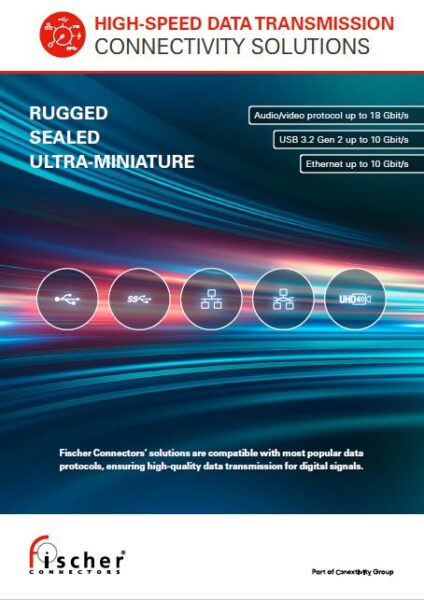To mark the release of our connectivity solutions using USB 3.2 – a very stringent data protocol in terms of connector and cable assembly manufacturing and engineering –, we have produced an educational video (4:14) that explains the challenges of high frequency digital signals in simple terms and visuals.
Educational video: Signal integrity simply explained
September 11, 2024 · 2 LesezeitDesigning interconnect solutions for reliable and efficient high-speed data transmission requires expertise in cable assembly, high-performance connectors, and signal integrity simulation, testing and design.
During the design and characterization process of high-speed connectors and cable assembly solutions, engineers must address a complex combination of parameters such as impedance matching, line delay, insertion/ return loss, crosstalk and EMC shielding.
High-quality cable assembly is critical to ensure reliable and efficient data transmission, signal integrity and overall system function.
“To achieve successful high-speed data transmission from a device’s transmitter to its receiver, connectors and cables must be cross-optimized and undergo a series of compliance tests at the system level”, explains Ameny Chaabani, Signal Integrity Engineer at Fischer Connectors. “USB 3.2 is indeed a stringent protocol. Connector design, cable length, cable performance (loss), and the controlled and repeatable cable assembly and potting processes above 1 Gbit/s are some of the influencing parameters to consider. We must also study the full physical layer of a link as a whole, what we call system-level testing.”
As summarized in the video below, for a signal to be properly recovered at the receiver, a system must be designed so that:
- in the frequency domain, Insertion Loss, Return Loss and Crosstalk are minimized;
- in the time domain, the opening in the eye diagram is as large a possible, and the impedance is kept flat across the whole system (no impedance mismatch).
Learn in this video the connectivity challenges of high frequency digital signals: ‘Signal integrity – simply explained’ (4:14)
Note that the Fischer Core, MiniMax and UltiMate series also feature high-speed data protocols such as Ethernet, Single Pair Ethernet and Audio/Video UHD with 18 Gbit/s data transfer matching HDMI 2.0: flyer ‘High-speed data transmission connectivity solutions’
This may be of interest to you
High-speed data: USB 3.2 Gen 2 mit bis zu 10 Gbit/s jetzt in den vielseitigen, robusten Fischer Core- und UltiMate-Steckerserien erhältlich
July 15, 2024 · Lesezeit 4 min
